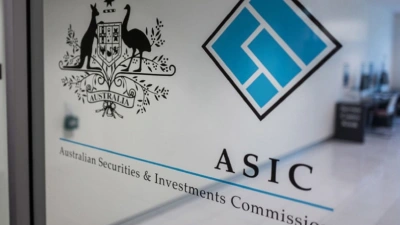APRA urged to consult more on levies


The Australian Prudential Regulation Authority (APRA) and the Treasury have been urged to give financial institutions longer than the existing 10 working days to examine and respond to intended increases in annual Financial Sector levies.
The recommendation is contained in a recent Australian National Audit Office (ANAO) report which said that stakeholders had raised concerns about the length of time they were being granted to give considered responses to the annual consultation paper.
"In the last five financial years, the average length of time given for industry to provide feedback and comment on the proposed financial levies has been 10 working days," the ANAO said.
"While the timeframe for annual consultation is constrained by the Budget process and legislative framework, there would be merit in the Treasury and APRA considering ways to increase the level of
consultation with industry about the annual levies process," the audit office analysis said.
The ANAO report also pointed to stakeholder concerns about the level of information provided by APRA regarding its activities and expenditure.
"Seven of the nine stakeholders consulted by the ANAO considered that there was not sufficiently detailed information about APRA's activities and expenditure to inform discussions on the proposed industry levies," it said.
"This feedback indicates scope for more detailed explanation of APRA's costing approach and
its activities and expenditure — either in the methodology review papers, annual consultation papers or through a Cost Recovery Impact Statement," the report said.
Recommended for you
The corporate regulator has issued infringement notices to three AFSLs whose financial advisers provided personal advice to a retail client while unregistered.
Rather than taking a controlling approach, the latest generation of overseas private equity deals is helping advice firms to achieve their growth ambitions, three commentators have said.
Private wealth firm Fitzpatricks Group has appointed a newly created head of product, who previously spent 20 years at CFS, to bolster its range of investment options.
The Financial Services and Credit Panel has made a written direction after advice regarding non-concessional contributions meant an individual was forced to withdraw over $330,000 from their super.














